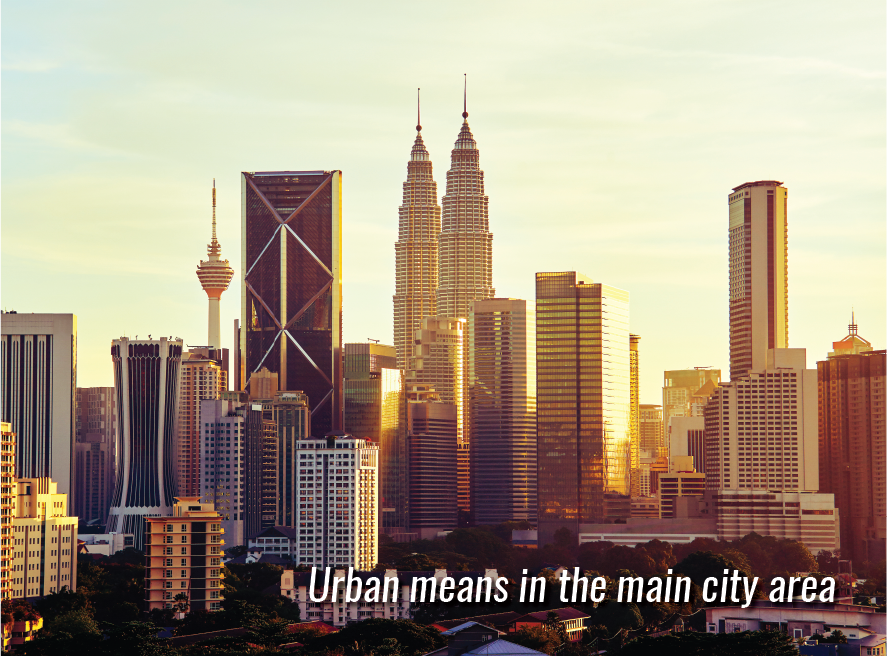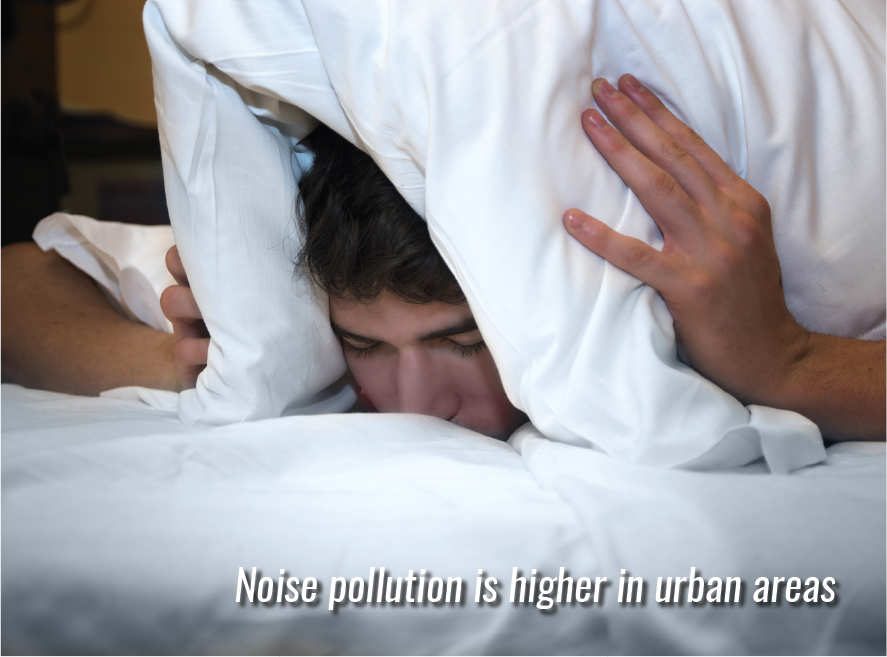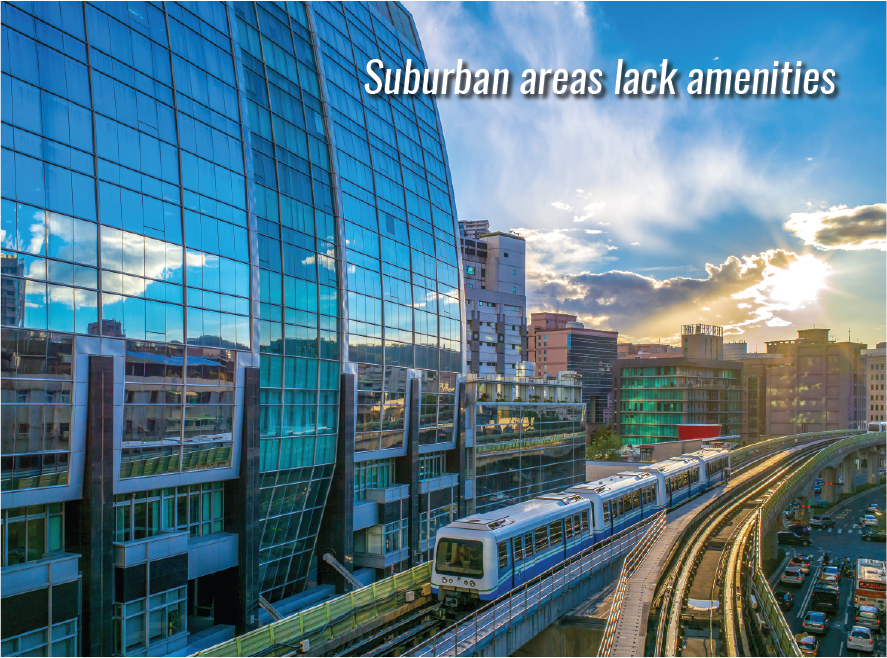In property management, two terms that you will come across often are the words urban and suburban. But there can sometimes be some confusion between the two terms because of preconceived notions and the fact that the distinction between urban and suburban is different in different countries. In this article, we will be debunking 3 common myths about urban and suburban areas so that you may better understand the distinction between the two.
1. Urban means in the main city area
The most common misconception is that urban describes areas within the major cities; anything outside the bounds of a city is suburban. But this is not true at all. As we stated earlier the definition for urban areas is different in every country. Malaysia defines urban as those areas with a medium to high level of development, have a population of at least 10,000, and with at least 60% of the population (aged 15 years and above) being engaged in non-agricultural activities. This means even areas such as Ampang and Petaling Jaya, which were once considered suburban areas, will now be classified as urban.
Read more;
Top 5 unique holiday getaways in Malaysia
Malaysia’s economy seen an uptrend for the next 3 to 5 Years
2. Noise pollution is higher in urban areas
While some suburban areas may have less noise pollution than others, it does not mean that noise pollution is low throughout the day. Many suburban areas are built close to major highways, which means the noises from the cars driving by disturbs residents every day; also quite a few suburban areas are built close to factories, airports, and (with the advancement of development projects), construction areas.
3. Suburban areas lack amenities
This point is relative and differs from country to country and region to region. Here in Malaysia, most suburban areas have easy access to necessary amenities such as medical clinics, supermarkets, schools, playgrounds, and public transport.
Certain preconceived notions can make us see things in a biased way; however as time goes by the definition for these terms tend to change, so what we consider to be urban and suburban now may be completely different in the future. Many areas that were once considered suburbs continue to develop and upgrade themselves blurring the line between urban and suburban more and more. As a developing country, cities in Malaysia continue to expand and grow both literally and figuratively and we can expect only more growth in the future.

So we’ve busted a few myths for you. Do you want to learn more terms used in real estate management? We want to hear from you, so leave us a name and lets chat!
